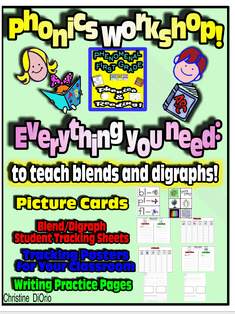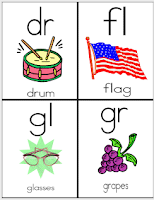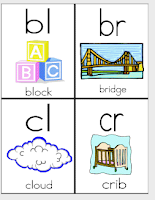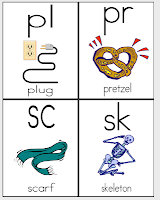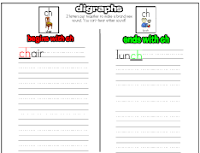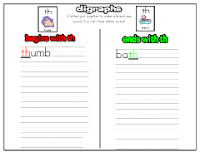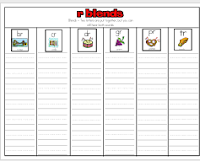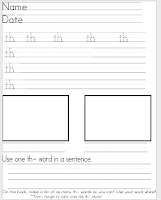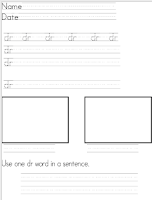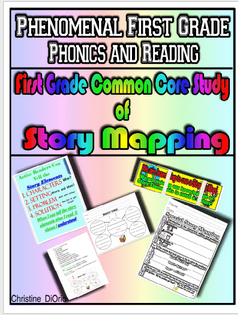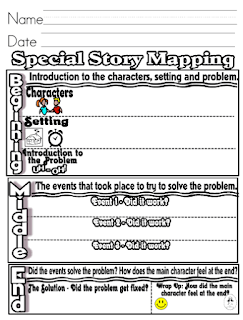Let's talk about Story Mapping! - It's Common Core for First Grade!
Story Mapping is an important skill for first graders. It shows that they are able to retell the most important elements of a selected text. It shows they understand. Although, it seems like an easy task for readers to complete, it isn't always. We do individual story element studies for the setting, main character, the problem and solution, and then story mapping. Even story mapping is done is steps and stages. It can't just be done by a young reader without your support, modeling, and teaching.
 |
| Basic story map included. |
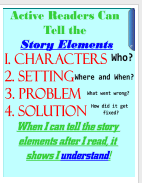 |
| Anchor Chart included |
We have created a Reader's Workshop unit on Story Mapping. It starts off simply, then gets more complex and intricate for the students. In January, we are starting to release that responsibility to students to have them really show what they know. We need to start seeing if they are able to interact with text on an independent basis. If you've done the groundwork throughout the year, it won't be a daunting task for your first graders. This unit is created for Reader's Workshop, but the ideas and lessons can be used in any reading format or program. It is progressive and the lessons build upon each other.
The ending section is called Special Story Mapping. It is intended to use after the students are comfortable with basic story mapping and for when students are ready to elaborate the details in a text. One thing I've always found challenging as a first grade teacher, was how to teach students to tell about the beginning, middle, and end of a story. I always asked myself, "What should they tell in the beginning? What is the most important thing to tell in the middle? How about the ending?" Well the Special Story Mapping breaks it down. It gets specific. It opens with a 30 minute instructional lesson that is highly interesting and engaging to students. It can be done with or without the Smart Board. We've created everything to go along with the lesson. It tells the students exactly the important pieces for them to tell in the beginning, the middle, and the end. It includes all the story elements we've been working on all year. It also develops the 'solution' into the 'resolution'; it teaches to break down the solution into the events that took place to solve the problem. This is something that can be tricky for first graders, but it teaches them to go back to the text to find the specific information and evidence. The modeling of this skill is the key to success. It is hands on, engaging and fun for the students. Try it...they and you will love it!
Here's what you get!
In this zipped file you receive everything you need to teach a Common Core Unit on studying Story Mapping in a first grade classroom. It’s a wrap up to our other Common Core Comprehension studies: The Setting, The Main Character and The Problem and Solution. This file includes lessons about generalized story mapping and then lesson plans on how to go deeper with story mapping. We call it Special Story Mapping.
There are seven different lesson plans set up in the Reader’s Workshop Model of minilesson, meeting, connection, teaching point, active engagement, independent reading, conferencing, and share. The lessons can be used from a 2 – 3 week period and done over more than one day. The ending of this unit transfers the students to completing independent projects and activities with their ‘just right’ books.
There are lessons for interactive read alouds to introduce and practice engaging students in the identification of the story elements in a story.
There is a list of mentor texts we have used and found success when studying story elements. Some are repeats from our other comprehension studies, but that is a good thing. We have found great success in using the same books, but looking at them with ‘different eyes’. The students grasp the concepts more easily when relating to a story they already know. You can always add any read alouds that you have already done as well, or choose new ones.
There are anchor charts already created for you that are colorful and engaging. The anchor charts is in a Smart Board File that is editable if you have a Smart Board. There are also hard pdf poster copies of the anchor charts that can be tile printed. Even if you have a Smart Board, these can be printed out to display. There are also copies of the anchor charts in an 8 ½ by 11” format if you’d like to reuse them in small group instruction or copy packets for your students to keep with them. There is one major anchor chart that starts the file. After that are two copies of the regular story map. After that are two copies of the Special Story Mapping. (See Lesson 5) their own work. The rubric can be printed in both 8 ½ by 11” or tile printed as a poster to hang in your classroom.
Also included in this file is a banner that can be used to display student work and two min posters that state the chants that can be posted in your room as reminders.
What’s great about this pack is it almost a ‘blank’ format for students to learn the content through. We have similar things for the other story elements so once the students learn this type of process, you can filter the content through.




